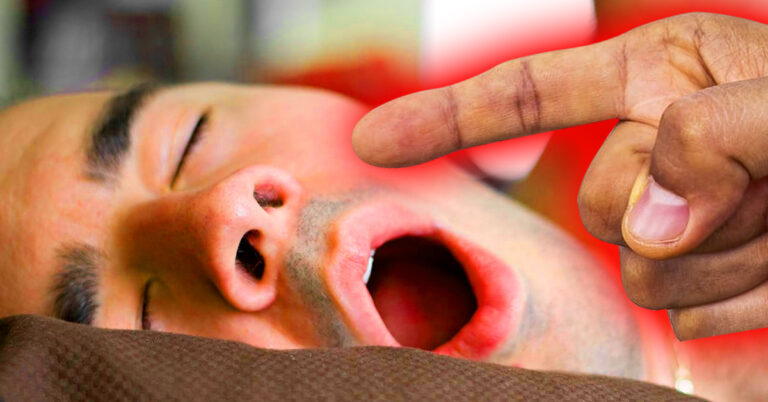10 Most Common Sports Injuries in Children
More Australian children are competing in sports than ever before. In 2019, 22% of children in Australia participate in sport-related activities.
Along with that, there were 130,167 sports injury-related hospitalisations of Australian children age 16 and below. This record is within the ten year period (2008-2018).
Sports help children and adolescents maintain a fit body and feel good about themselves. The only downside is that all kinds of sports have a risk of injury. The more contact involved in a specific sport, the greater the risk of acquiring a traumatic injury.
Fortunately, for the vast majority of kids who are interested in sports, the benefits of participation outweigh the risk. According to Stanford Children’s Health, those who are engaged in sports activities are more likely to have:
- Better vision
- Healthy weight
- Improved motor skills development
- Social skills development
- Self-confidence
- Sportsmanship
Allowing children to participate in sports helps them explore and develop their skills which are considered beneficial throughout their lives. Most of these children are exposed to various mental, social, emotional, physical, and educational benefits brought by sports.
Kids today are likely to play their sport of choice all year round. But more time on the field brings a greater risk of experiencing sports-related injuries for them. And each sport comes with its own level of risk.
Sports injuries in children are due to overuse or pressure having a direct impact on the muscles. The application of force that is greater than a child’s underdeveloped body can withstand affects the body. These injuries affect both the growing bone and soft tissues and may result in damage to the child’s growth. This may also lead to the possibility of subsequent lifelong, growth disturbance.
Sports injuries are classified into two types: acute or chronic.
- Acute injuries are often a result of a single and sudden traumatic event. The common example of these type of injuries includes wrist fractures, ankle sprains, and shoulder dislocations.
- Chronic injuries are the result of prolonged, repeated sports motion. These are known as ‘overuse injuries’. Overused injuries are particularly common in endurance sports such as swimming, running, and cycling.
While we aim to prevent injuries from happening, it is still good to familiarise ourselves with how such injuries affect young athletes. Following are the 10 of the most common child sports injuries in Australia. These are according to sports medicine practitioners and the Australian Institute of Health and Welfare (AIHW).
ACL tears
The anterior cruciate ligament (ACL) injury is a tear or sprain in one of the major ligaments in the knee. This is very common in sports such as soccer, basketball, football, and downhill skiing. Any sports that involve sudden stops or sudden changes in direction, as well as jumping and landing.
In the past year, there are reports of an increase in the incidence of ACL tears in children 14 below.
Ankle Sprains
An ankle sprain may be the most common injury among young athletes. It is a stretch injury of the ligaments that supports the ankle. It is known as the ‘rolling’ or ‘turning’ of the ankle. The majority of sprain injuries heal very well in a short period with immobilization and short rest from sports.
Concussions
A concussion is a type of traumatic brain injury (TBI) that is caused by a blow or jolt to the hand. This happens when a force causes the brain to rapidly move back and forth to the scull.
All athletes who sustain a concussion, no matter how minor it is, should have an evaluation with a professional doctor. The doctor will then give their consent before allowing them to get back to sports. They can only return to play once all concussion symptoms are gone during and after physical testing.
The latest record on injuries in the Australian Football League (AFL) shows that concussion incidence was 6.0 per 1000 player hours.
Dislocations
A dislocation is a joint injury that occurs when your child falls or takes a hit to the body. These are common while playing contact sports. When this happens, your child usually feels or hears a pop and is in a lot of pain.
Most dislocation injuries should be reduced and put back to place by a health professional. We recommend seeing an EMT, athletic trainer, nurse, and physician for any dislocation concerns.
Overuse injuries
Overuse injuries are the subtle type of injury that usually occurs over time. These make it more challenging to diagnose and treat. Overuse injuries occur when the remodeling process of the tissues (breakdown and build-up) loses a fine balance. Breakdown occurs more rapidly than build up.
Training errors such as rapid acceleration of the intensity, duration, or frequency of activity are common causes of overuse injuries.
Plantar Fasciitis
This injury is characterised by an inflammation of the plantar fascia. The plantar fascia is a flat band of tissue that connects the toes to the heel bone. The obvious symptom of plantar fasciitis is heel pain that gets progressively worse during a workout. These are very common among runners and athletes.
Knee injuries
A knee injury may be the result of a combination of both acute and overuse injuries.
The most common knee injuries in young athletes include Patellofemoral pain syndrome (runner’s knee), Tendinitis, Torn ligaments, and cartilage injuries, and Fractures.
Most of these sports injuries in children use the RICE method in applying first aid. RICE stands for Rest, Ice, Compression, and Elevation.
Rest
Pain is sometimes the body’s way of telling you to rest. After experiencing pain in the foot or ankle area, stop any sports activity to prevent it from getting worse. Use of walking aids such as cane and crutches are recommended to keep the weight and pressure off the injury.
Ice
Ice is a great pain reliever. For redness and swelling, apply a bag of ice or cold compress for 15-20 minutes at a time. If the pain and swelling did not subside, seek medical care as soon as possible.
Compression
Putting pressure on an injury helps prevent swelling and gives support. Use an elastic band to reduce and prevent further swelling. Please note that compressions should have some pressure but should not cut off circulation. If the bandage may be too tight, rewrap it more loosely.
Elevation
Keeping an injury elevated helps reduce swelling. The injury should be elevated to above heart level.
With RICE first aid method, you should see improvements within 24 hours to 36 hours. If the injury does not show any signs of improvement, call your doctor right away.







